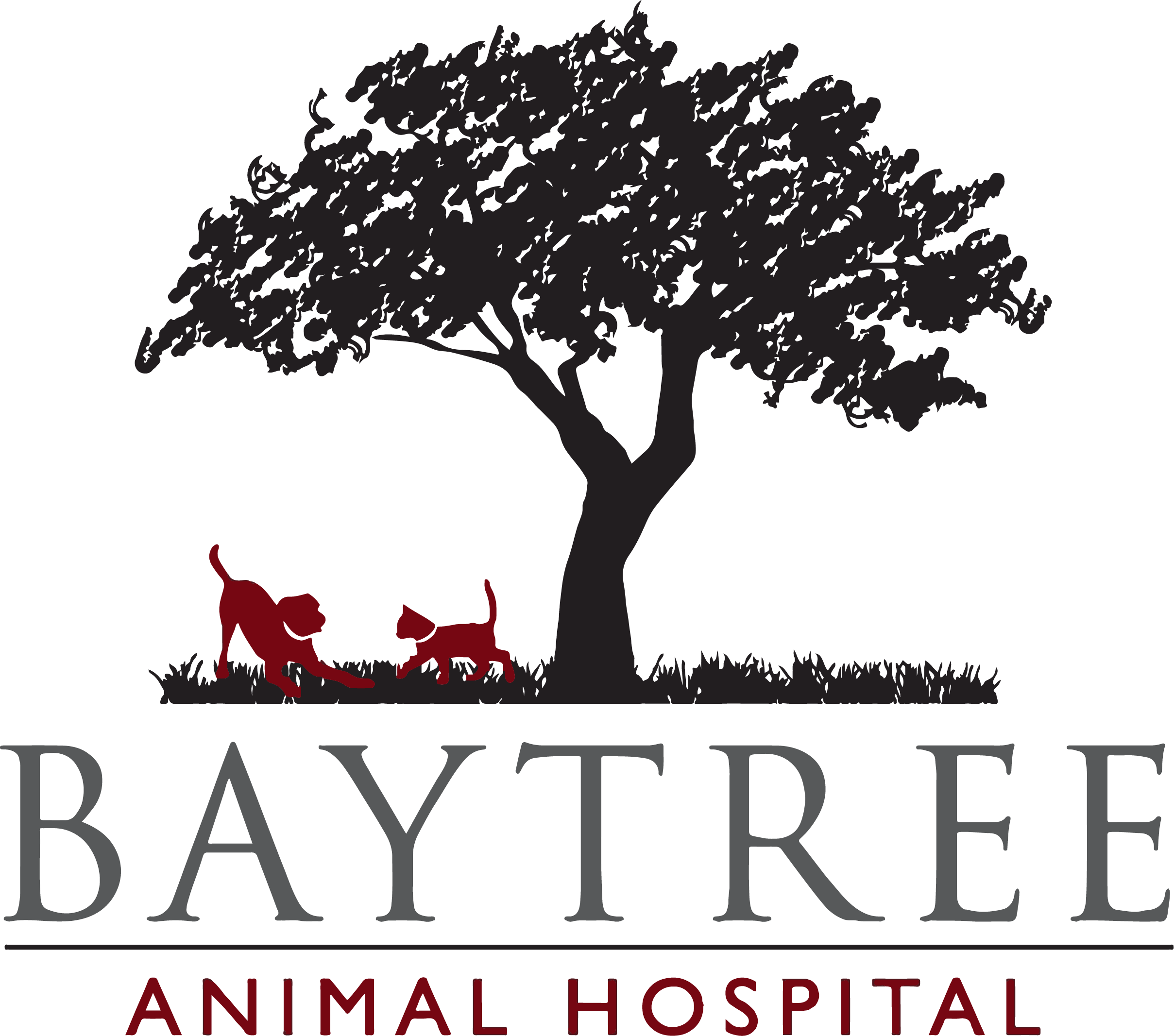
Trick or treat! Many people look forward to Halloween, anticipating a day and evening filled with masks, candy, and pranks. But this holiday can be particularly spooky for the furry children in your family. Animals can’t comprehend why Dad suddenly resembles Homer Simpson or why there are five Spidermans outside their window. Some pets enjoy all the action, and some find it frightening. Either way, keep them in mind so they can be safe, secure, and stress-free.
Leave your pet at home
It may not sound like fun, but “no tricks, no treats” really is the best Halloween plan for your dog. In busy neighbourhoods, sidewalks are often overflowing with exuberant children and their adults. Even kid-loving dogs can be thrown off by so many extra people on the street and may become agitated. Scary-looking costumed humans that approach for a friendly pat on the head may frighten your dog. Scared dogs, even the nicest ones, may growl and bite when they feel threatened.
If you do decide to venture out with your dog, make sure they’re on a secure leash. Always keep them close to you (no retractable leashes). Be vigilant as you observe your surroundings and assess people approaching you and go home at the first sign of discomfort or agitation.
Provide a calm, secure area to stay
When it’s time to host party guests or trick-or-treaters, put your dog’s needs first. It may be best for them to rest in a room away from the frenzy, with the door closed. Turn on a TV, radio, or white noise machine to dull the sound of the doorbell and exuberant trick or treaters.
- If your dog insists on greeting people at the door, keep him close to you, on a leash.
- Contain your cat to a room or area of the house so she doesn’t sneak out.
- Secure birds and small mammals in their cages, ideally in another or with appropriate cage covers.
Having your pets microchipped will help you find them if they somehow get outside. Even if your pet is accustomed to being outside, the unusual decorations, lights, and groups of people can be disorientating and raise the risk of getting lost.
Let your pet decide if they are dressing up
There may be costumes for every pet, but not every pet wants to wear them, and there are dangers involved in dressing up. Consider your pet when making the decision.
- If your pet is cool with costumes, choose one that allows natural movement, like jumping, climbing, and running.
- Make sure that your pet’s costume does not interfere with their breathing, movement, vision, or hearing.
- Beware of small parts, like buttons or loose strings, that can be chewed off and swallowed.
- Steer clear of any hair dyes or paints that your pet could lick off their fur, because they may become toxic if ingested.
- Always supervise your pet while wearing a costume or accessory and keep dress-up time brief.
If your pet tries to get the costume off, freezes, hides, or paces restlessly, it’s time to undress. Remember that some pets display stress differently, especially rabbits and birds, and it is essential to recognize and respond to their subtle cues.
Keep Halloween treats away from your pet
Resist the temptation to share Halloween candy with your pet. In fact, keep all candy safely out of reach. Chocolate in all forms and candy or gum artificially sweetened with xylitol can be very dangerous. Here are a few others that you might not know about:
- Candies with high sugar content are harmful (e.g., candy corn, gummy/chewy candies, suckers, cotton candy, caramel, etc.).
- Raisins are toxic to cats, dogs, and ferrets but OK for birds and small mammals in small amounts.
- Milk chocolate: The level of cocoa isn’t as dangerous as dark chocolate, but the added sugar and fat are harmful to any pet.
Your pet may even gobble up candy, wrapper and all. Cellophane or foil wrappers are big trouble when swallowed. Even natural treats like caramel apples should be off limits. Intestinal upsets, GI blockages, and pancreatitis can result from eating items not normally on your pet’s menu.
Decorate with pet safety in mind
Festive decorations set the Halloween mood but can pose health risks for your dog.
- Don’t let your pet eat the pumpkin. While non-toxic, pumpkin and pumpkin seeds can upset a pet’s stomach, especially when consumed in large quantities.
- Supervise any lit candles to avoid burns.
- Keep lights and power cords out of your pet’s reach. Nibbling on electrical cords can be shocking!
- Put fake spiderwebs out of reach, so no hair, whiskers, or wings get caught in them. Better yet – don’t use fake spiderwebs as they can injure birds, bees and other wildlife!
- Be careful with glow sticks and glowing accessories—while the glowing substance within isn’t poisonous in small amounts, it can still cause a curious pet to drool, retch, or vomit if chewed.
- Keep late-night flashing lights out of your pets’ sight, as they can be disturbing, particularly for nocturnal animals.
Halloween can be lots of fun. Just keep your dog in mind so that the entire family can have a safe, fun time.
